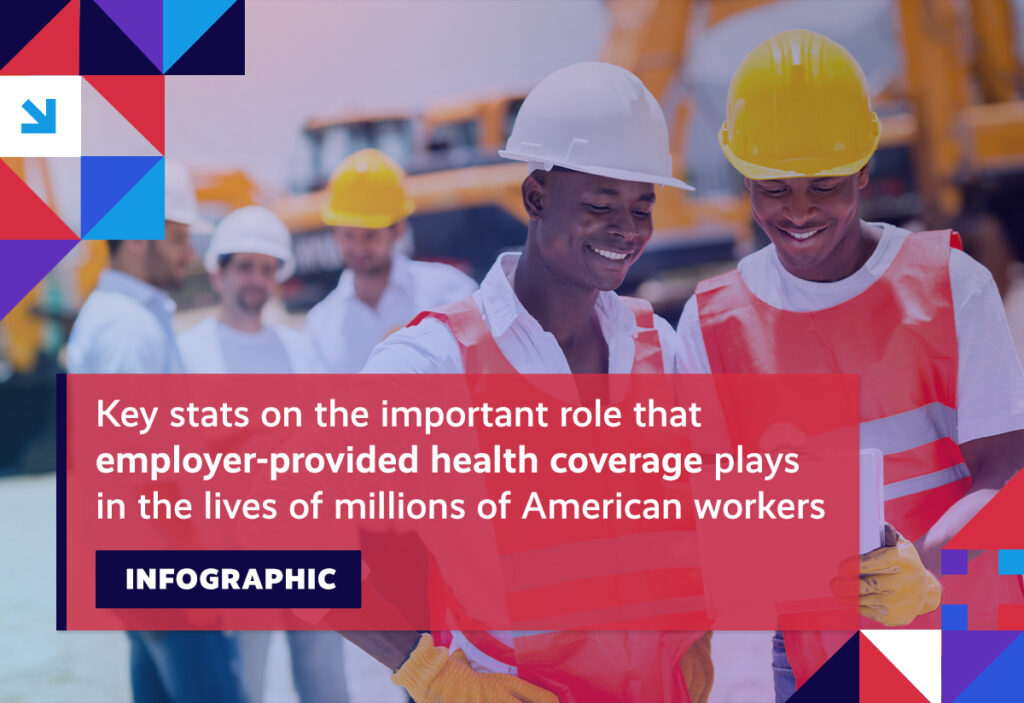Hospitals look to historic rate increases to cover their costs; millions threatened with loss of coverage after the public health emergency ends; a reminder that drugmakers are ultimately the ones responsible for controlling insulin prices; and, stakeholders continue to defend the Medicare Advantage program.
We encourage you to stay involved as implementation efforts surrounding healthcare reform progress. Visit the Health Action Network and be sure to let us know what’s on your mind.
Item of the Week

Week in Review
Hospital Rate Increases: As recently as 2020, hospitals accounted for nearly one-third of overall health spending in the U.S. In fact, when combined with physicians and clinics, spending on providers was responsible for over half of all healthcare spending. Now, according to recent reports, hospitals across the country have been seeking historic rate increases in their negotiations with health plans. Typically, price increases range from 4 to 6 percent, with that average hovering about 3 percent in recent years. However, several large healthcare organizations are now seeking boosts of up to 15 percent. While these health systems argue that these increases are necessary to offset rising nurse salaries, ultimately, the burden is shouldered by employers and consumers.
Coverage: In the immediate wake of the coronavirus public health crisis, a number of legislative and regulatory steps were taken to ensure Americans had access to the care they needed. One of the ways this was achieved was by the federal government providing billions of dollars in funding to states on the condition that they would not remove people from the Medicaid program during the public health emergency (PHE). With the ending of the PHE looming, experts project that as many as 14.2 million people could lose coverage when these pandemic-driven provisions are allowed to expire. The one-two punch of a decrease in federal support for states with a sudden increase in the uninsured has far-reaching implications for the healthcare system. This has prompted stakeholders from across the healthcare spectrum to urge policymakers to provide an ample glidepath out of the PHE to minimize disruption for the millions at risk of losing coverage.

Insulin: The cost of insulin has drawn increased Congressional attention of late. But, even as lawmakers work to advance bills aimed at addressing the rising price of the life-saving drug, stakeholders are reminding them not to lose sight of who’s ultimately to blame for the cost of insulin. By exploiting limited competition in the insulin market, drug manufacturers have been able to protect their sole ability to set the list price for the drug, which has increased exponentially over the past decade. Elsewhere in the supply chain, health plans have been working to tackle the issue on their own, for instance, through the recently-announced Civica partnership with the Blue Cross Blue Shield Association and other Blue Cross Blue Shield plans to manufacture and distribute insulins that, once approved, will be made available to patients with diabetes at significantly lower prices than those currently on the market.

Medicare Advantage: As covered in last week’s newsletter, Medicare Advantage (MA) has found itself the target of unjustified skepticism that, upon deeper digging, has only served to reinforce the critical role that the program plays in the lives of millions of beneficiaries, while reaffirming MA’s value proposition when compared to traditional Medicare fee-for-service. This ability to offer both important cost protections and value for MA enrollees has been particularly evident amongst historically disadvantaged populations. According to a recent analysis, the MA program has increasingly attracted beneficiaries earning lower incomes, with 46 percent of all Medicare enrollees whose incomes fall below 200 percent of the federal poverty level now enrolled in MA plans. Over the last four years, this share has grown 15 percent year-over-year. Today, more than half of MA beneficiaries (52.7 percent) are low-income.
Spotlight

| You can keep up with the latest by following the Health Action Network on Twitter and by liking us on Facebook. And, be sure to check us out on LinkedIn, too. As always, let us know if there’s something you’d like to see covered in a future newsletter. |
